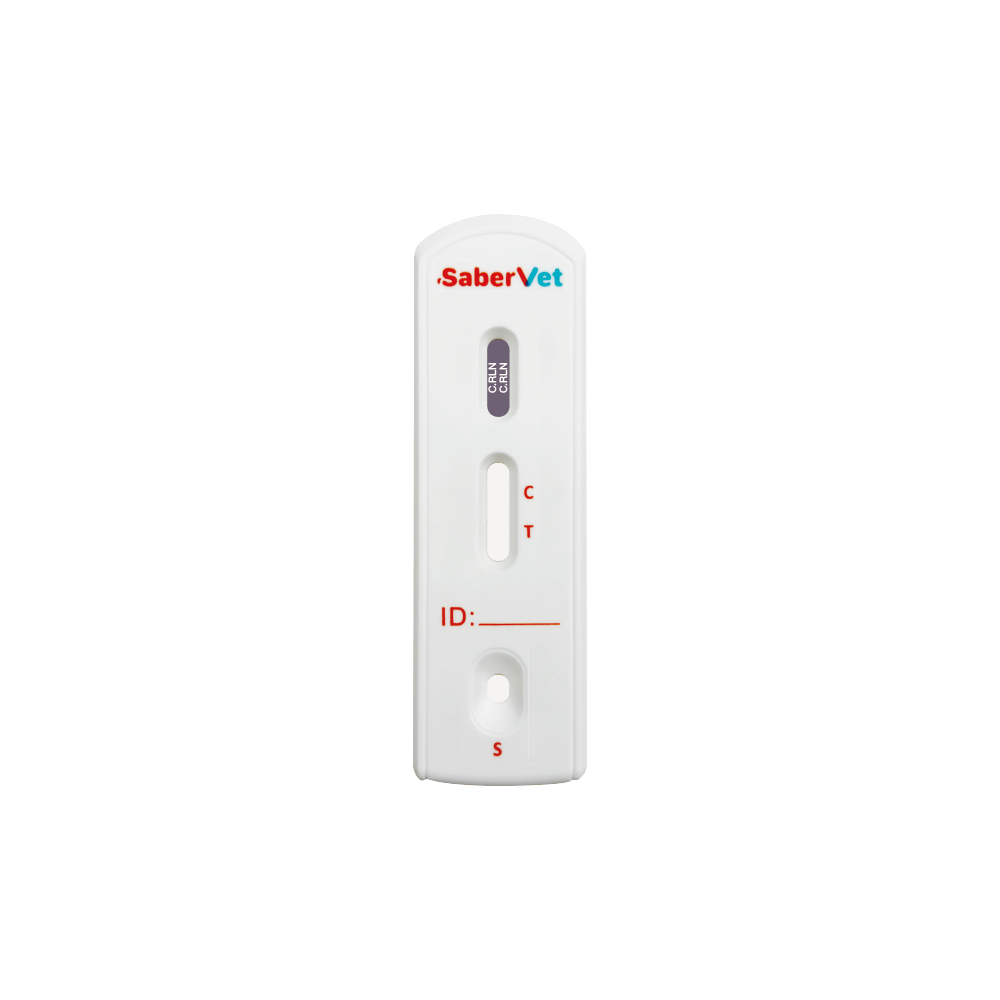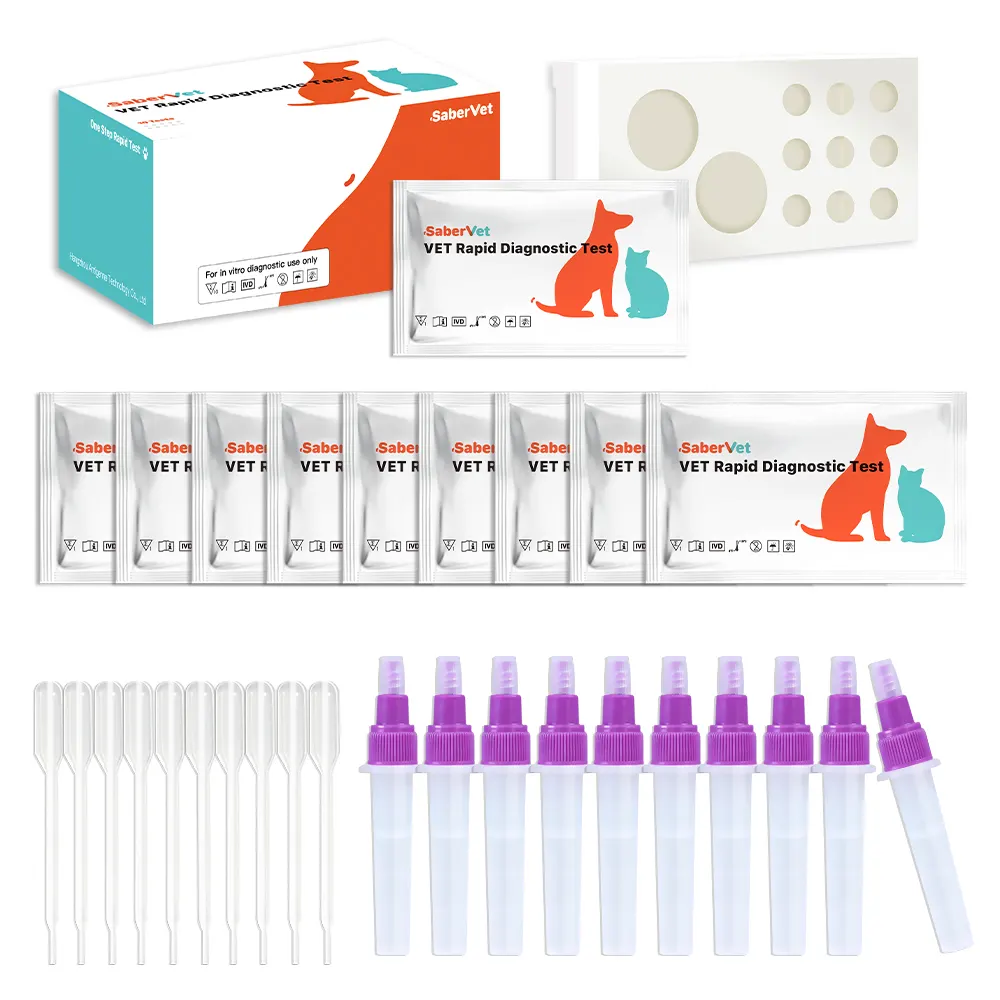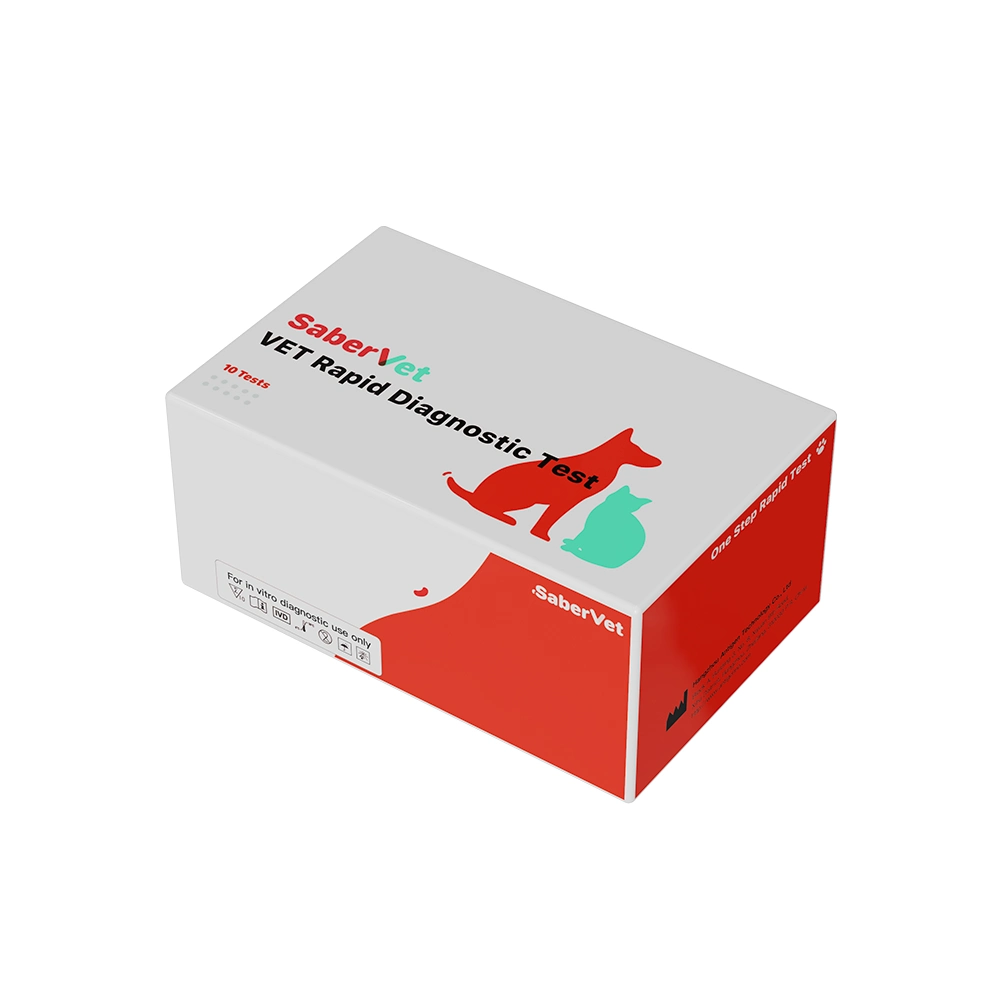False pregnancy is an important reproductive defect in female dogs, because false pregnancy not only causes economic loss, but more importantly, it causes uterine disorders in female dogs. After mating, determine the pregnancy or not as early as possible, in order to strengthen the feeding management of the pregnant ones, and find out the reasons for the non-pregnant ones, make up the mating in time or carry out the necessary treatment.
Hazards of false pregnancy in bitches
The duration of pseudo-pregnancy is basically the same as the normal breeding cycle, i.e., it takes about two months of “gestation” and one month of “lactation”, after which it can enter the normal oestrus stage with the possibility of self-cure. At present, in the breeding practice, false pregnant dogs can enter the next normal oestrus cycle only a minority of untreated, and most of the uterine disease, or cause difficult pregnancy, to the dog breeder to bring losses. A serious consequence of pseudopregnancy is that it predisposes the bitch to uterine cystic-uterine pus syndrome. It is currently the second most common obstetric disease in dogs after obstructed labour.
Clinical manifestations
Clinically, non-pregnant bitches can be seen to gain weight, have swollen mammary glands and can lactate, and the nature of the milk can vary from clear liquid to milk; they usually like to drink water, have a poor appetite, are impatient and restless, and look for dark places to make a nest, and sometimes vomiting and polyuria are present.
Клинический диагноз
B-mode ultrasonic diagnosis
Ultrasonic diagnosis is currently one of the most sensitive and reliable methods for diagnosing pregnancy in female dogs. Usually, ultrasonic diagnosis should be carried out 25-30 days after the peak of luteinising hormone in the bitch. At 17-20 days, a skilled operator can detect the gestational sac symbolising pregnancy, which has the form of an irregular round dark area with a double membrane structure at the edge, and it can be used as the basis for a positive diagnosis of pregnancy.
Diagnosis by palpation
The foetal sac can be palpated at 22-23 days after the appearance of the peak luteinising hormone in the bitch, at which time palpation via the abdomen is recommended for pregnancy diagnosis.
Hormonal diagnosis
Relaxin is specific for pregnancy in bitches. At 25 days of early gestation, relaxin concentrations can be used to diagnose pregnancy in the bitch, and on days 40-50, when the luteinising hormone peak occurs, relaxin concentrations can reach 4-5 ng/mL. Measurement of serum or plasma relaxin has also been reported to be useful for pregnancy diagnosis. Similar to relaxin, prolactin can be used as an indicator of pregnancy diagnosis up to 35 days after the onset of the luteinising hormone peak in the bitch. However, serum prolactin concentrations are not as reliable as relaxin because serum prolactin concentrations are also elevated in pseudopregnant animals. Follicle-stimulating hormone concentrations can also be observed in the middle of gestation in bitches, but are rarely used because of the high cost of testing for follicle-stimulating hormone.
Diagnosis of acute phase proteins
Infection, trauma, inflammation and other stressors act on the animal body, causing an imbalance in homeostasis, causing a series of reactions and changes in the concentration of some plasma proteins, etc., known as the acute phase response, and the proteins that change in response to the stress stimulus are acute phase proteins. Some specific acute phase can be used as a detection indicator for early pregnancy diagnosis in bitches.
Экспресс-тест на релаксин для собак
Antigenne has developed a canine early pregnancy test card to detect relaxin in canine blood samples, which is fast, easy to operate and highly accurate, and can be used as an effective means for users to detect early pregnancy in dogs.













